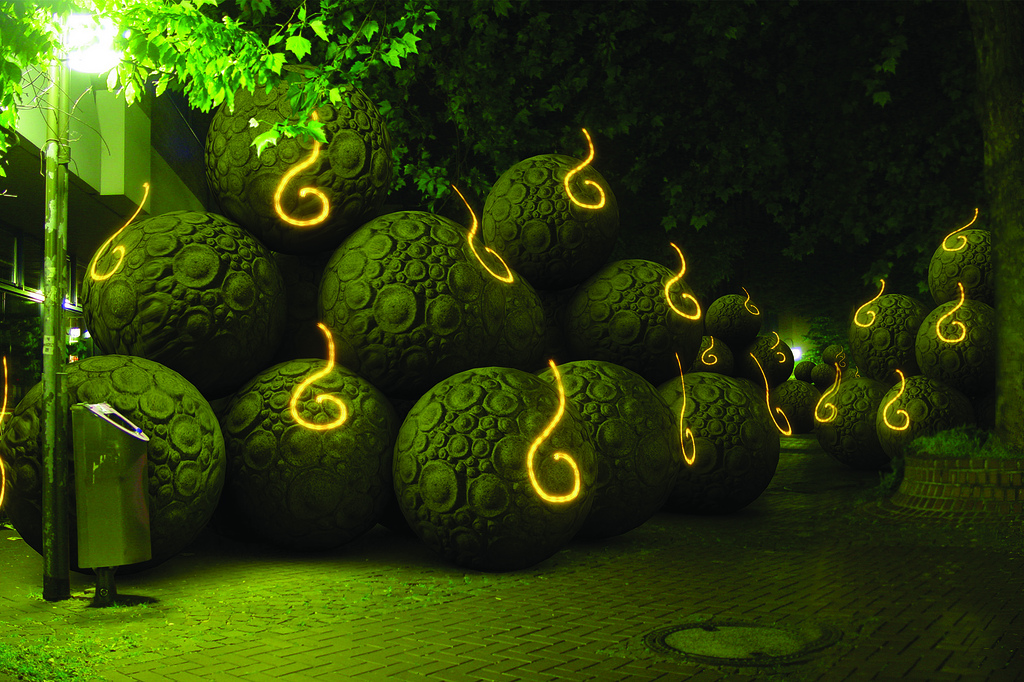Search
[{{{type}}}] {{{reason}}}
{{/data.error.root_cause}}{{{_source.title}}} {{#_source.showPrice}} {{{_source.displayPrice}}} {{/_source.showPrice}}
{{#_source.showLink}} {{/_source.showLink}} {{#_source.showDate}}{{{_source.displayDate}}}
{{/_source.showDate}}{{{_source.description}}}
{{#_source.additionalInfo}}{{#_source.additionalFields}} {{#title}} {{{label}}}: {{{title}}} {{/title}} {{/_source.additionalFields}}
{{/_source.additionalInfo}}- Details
- Category: Computer
- By J. Todd Cumming
- Hits: 7174
Trauma

Trauma
Developed By: Krystian Majewski
Released: August 8, 2011
Available On: Linux, Mac OS X (reviewed), Windows
Genre: Adventure
ESRB Rating: None
Number of Players: 1
Price: $6.99 (Steam), 5 Euros+donation from the developer's Web site
A traffic accident places a young woman into the hospital. She lies in her bed, apparently comatose. She struggles to recover, but much of the struggle is within her own mind. In the game TRAUMA, by Polish game designer Krystian Majewski, the player is placed in the role of the woman as she searches through her memories and dreams.
There are four different surreal dreamscapes to navigate – a city plaza, a factory district, a paved city path, and a highway tunnel. The player is free to visit them in any order, and moves through these by moving the mouse around and clicking on the blurred sections that appear. The next area comes into view smoothly, like flipping through pages of an illustrated book. Along the way, the player will discover other Polaroid-style photographs. Each one will reveal an alternative way to travel, a clue as to where to find some of the hidden endings in a different dreamscape, or a picture of the main character's life. The female narrator explains each of the different scenes she sees and how it ties into her life or perspective.
The player will quickly discover, through the photographs, an alternative way to navigate each world. By clicking and dragging the player can draw orange “light trails.” Drawing certain patterns in specific locations will cause things to happen, such as cutting underbrush out of the way. This also can be used to navigate, allowing the players to occasionally access scenes not available by simply clicking on the blurry overlays that usually appear. The game is surprisingly responsive when it comes to tracing these light trails. Even when sloppily done, the computer recognizes what shape the player is trying to make and will respond accordingly. I'm a little surprised that the game isn't available for portable devices with a touch-screen yet, since this technique would be perfect for it. Perhaps it's still under development.

Strong Points: Use of photos provide a unique game experience; mysterious story draws you in; DRM-free; short load time between the different “worlds.”
Weak Points: Very short game; music is frequently annoying
Moral Warnings: Some disturbing imagery
Each of the different landscapes has its own goals, typically described by the woman as the player enters each one. For example, the first world enters onto a large greenish orb resting atop a teddy bear. The woman speaks, in her accented voice, “this is the dream where I find my old teddy bear wedged under a weight.” Getting to the goal is the real challenge, but the clue the woman gives will always tell you what this goal is, even if it makes no sense at the time. Achieving each of these “main goals” is essential for progress through the game, and will reward the player with a full-motion video of the woman speaking with her doctor about the progress she is making toward recovery.
Each of the different worlds also has alternative goals, which can be obtained by using some of the techniques learned in the other dream worlds. These won't reward the player with progress through the main storyline, but finding each goal, as well as all nine Polaroid photographs within each world, is necessary for 100% completion.
The images in the game are detailed and realistic, as they consist primarily of photographs taken by the game designer. There are more surreal aspects to the game – such as the mysterious orbs previously mentioned – but they blend seamlessly with the rest of the game. The video sequences are primarily of film with actual human actors, rather than computer-generated images. The voice acting also is well done, and since none of the peoples' mouths are filmed, it's easy to play in English, German and Polish. Subtitles also are available, which is a very nice touch.
The music for each of the different worlds, however, leaves much to be desired. I'm sure that the music was designed to be unsettling to fit with the surreal dreamscapes, but I found much of it more annoying than unnerving. In a couple of the worlds, I tried to move away from some of the areas simply to get to an area where the music didn't play. Fortunately, it is possible to turn the music down and keep the vocal volume up, as some of the things the woman says are important for solving the game. Or simply turn on the subtitles in order to see what the woman is saying.

Higher is better
(10/10 is perfect)
Game Score - 74%
Gameplay - 12/20
Graphics - 10/10
Sound - 5/10
Stability - 5/5
Controls - 5/5
Morality Score - 93%
Violence - 6.5/10
Language - 10/10
Sexual Content - 10/10
Occult/Supernatural - 10/10
Cultural/Moral/Ethical - 10/10
The game isn't too much of a challenge, and it can be completed in a couple of hours. It seems too short, actually. I remember similar games – such as Myst or the Labyrinth of Time – taking days to muddle through. With TRAUMA I was able to start and finish it within one evening. This brevity makes it difficult to get caught up in the game world, and severely reduces the replay value. There are two different ending videos – one for solving each of the levels, and one for finding everything in the game – but the only difference is that the “best” ending is slightly longer than the “regular” one. It's a bit disappointing to complete the game and be given such a meager reward.
Despite the name and the theme of the game, there is very little in terms of blood or gore within the game. The car accident is depicted in the form of bouncing lights. The only blood in the game consists of floating individual blood cells. The only element of the game that may be a bit disturbing is the video of a beating human heart. The language in the game is calm and tame, and I didn't pick up on any vulgarities at all.
The game is interesting, to say the least. The use of photographs to tell the story and show the world is something largely unseen in today's game industry, where practically everything is computer-generated or hand-drawn. Unfortunately, the game is entirely too short and poses very little challenge to experienced gamers. The music is grating, and the surreal, occasionally disturbing imagery isn't for everyone. If picked up as part of a bundle or a sale, it's not too bad, but I don't see any reason to actively pursue the addition of this game to a game library.






